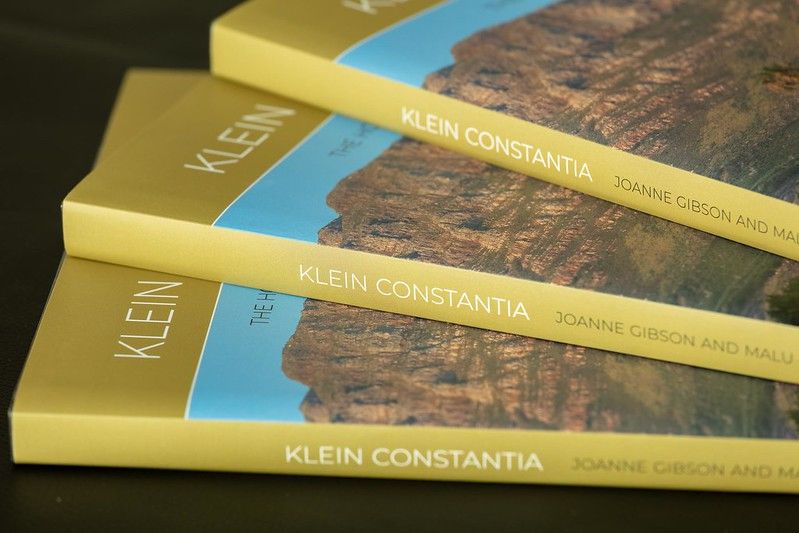The latest book to be published by First Press Editions shines the light on one of South Africa’s most iconic producers, Klein Constantia. Click here to find out more.
Tell us about First Press Editions – what is the concept behind your new publishing platform?
Essentially, we provide a customised service enabling a global wine producer to commission its very own book about their estate, vineyards, people, history and wines. We also work with groups of producers, generic bodies or appellations.
Where did the inspiration for this form of publishing come from?

John Stimpfig hopes his background as a professional wine writer and editor will help offer a new publishing service for wine producers to create higher quality customised books
In today’s publishing market it is very unusual and difficult for wine producers to have a book written and produced exclusively about them. This has resulted in more and more self-published winery books. Unfortunately, many of these aren’t that great. Usually that’s because the writing, design or print quality can be disappointing. However, this isn’t surprising because wineries are good at making wine, rather than publishing books. So I felt there was an opportunity for a professional agency to do a better job.
Who is your business partner at First Press Editions and what is his background?
Ian Mitchell is the other half. Ian was the global production director (and a main board director) at Pan Macmillan in London where he worked for 30 odd years. There isn’t much he doesn’t know about making books, publishing schedules and working with printers. He’s also very astute commercially and a great bloke to work with.
How do you recruit a producer to work with? Do people come to you or do you go to them?
The answer is both. Producers come to us because they want to do a book but don’t have the time or ability to do it themselves. So we work with them in building the project team and managing the various working parts of the process. At the same time, we are also approaching producers who have great stories to tell and who we think would and should be interested in a book of this kind. Thirdly, writers sometimes come to us with a project in mind.
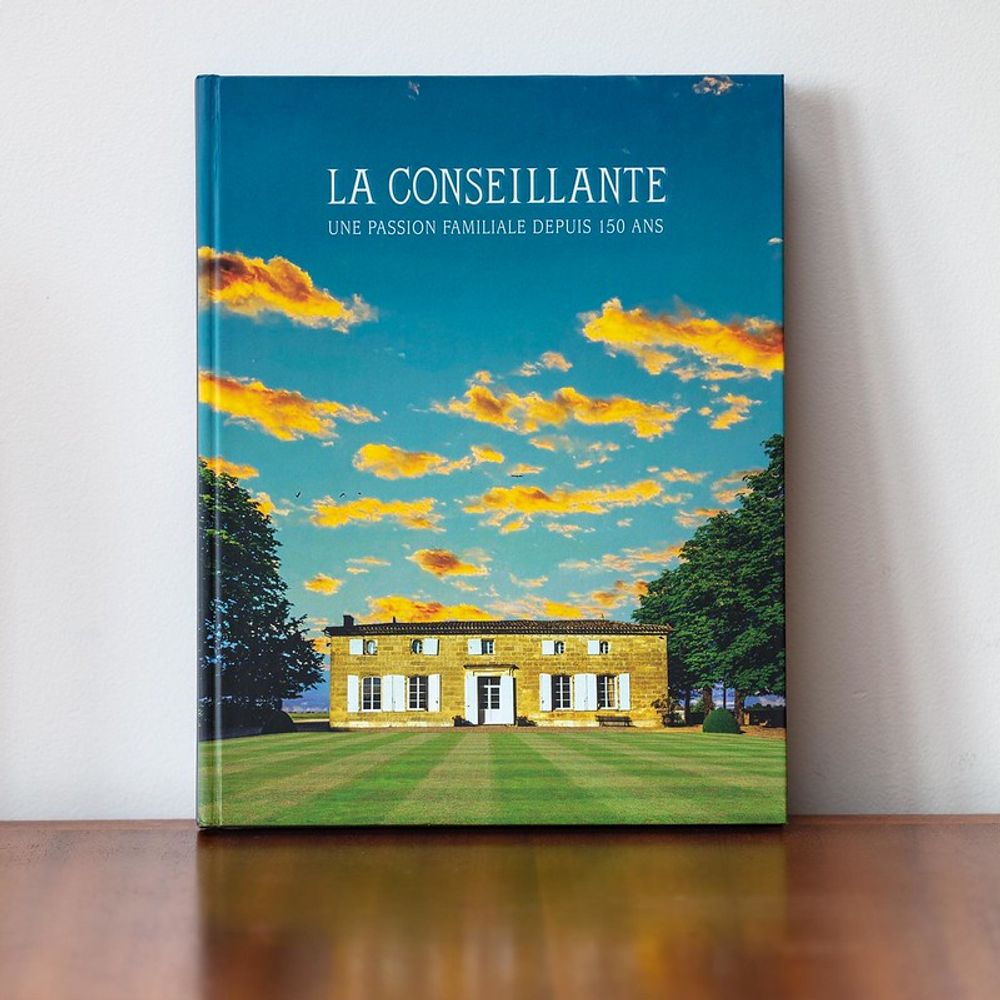
First Press Editions looks to produce books of the highest quality including the print, imagery and production levels. Picture David O’Brien
How much does a book cost?
It varies depending on a number of factors – pagination, format, print run, choice of author and how many different language versions are required. The price can vary from £70,000 for 2,000 large-format hardback copies in a single language. And up to more than £100,000 for books in two or more languages.
That must limit your market?
For sure. As a result, we tend to focus our attention on producers who have the resources and the desire to do a book of this kind. The other key factor is that they have a good story to tell and a legacy that they want to convey to the world.
What are your key objectives in telling a producer’s story? What do you put the focus on?
Storytelling – in words and pictures – is at the heart of our books. It’s what sells product, builds a brand and connects consumers to a particular wine or estate. With my wine writing and editing background at Decanter and the FT, I try to steer clients away from producing a bland book with too many PR overtones. Instead, we really encourage them to be brave and focus on what makes their story interesting, different and unique.
What do you see as being a marker of success for each book?
Firstly, client satisfaction. Secondly, critical peer reviews from wine writers and wine publications. And thirdly, positive feedback from wine consumers. So far, I am pleased to say that all our books have been well received. One of the most satisfying comments was for our book on Klein Constantia from Lowell Jooste who used to own the estate and now makes wine in California.
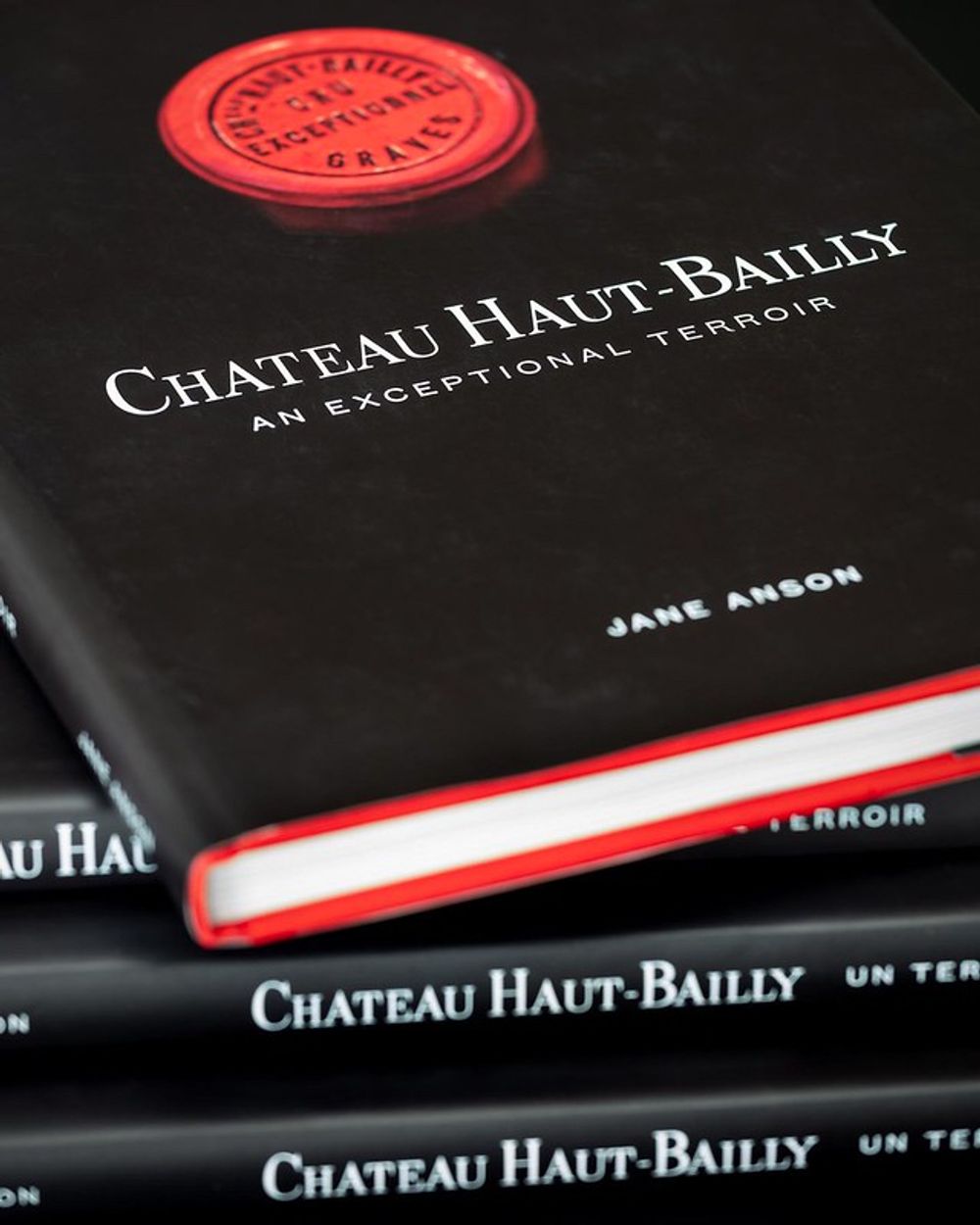
First Press Editions works with leading wine writers to produce its bespoke books like Bordeaux expert, Jane Anson, who wrote the story of Château Haut-Bailly. Picture David O’Brien.
Who is the typical reader and audience for your books?
The most important readers are the customers of the estate or producer. Of course, wineries also us these books to promote themselves to new potential customers. So the books are normally available for purchase online and at wineries’ cellar door.
Where else can they buy them?
We advise clients not to sell the books through Amazon because it will immediately discount the price and devalue the product. However, we do recommend clients sell through Amazon Marketplace where you can maintain the RRP. And for certain clients, we have also provided bespoke distribution via Berry Bros, Rudd in London, Mollat in Bordeaux, Sotheby’s in NYC and Hong Kong and, most recently, the Académie du Vin Wine Library.
How do you choose the writer for each project?
We recommend a shortlist of suitable well-known writers based on their style, knowledge, expertise and experience. Wineries often have existing relationships with writers which is also an important factor. Finding the best writer for each manuscript is absolutely critical.
Which writers do you work with?
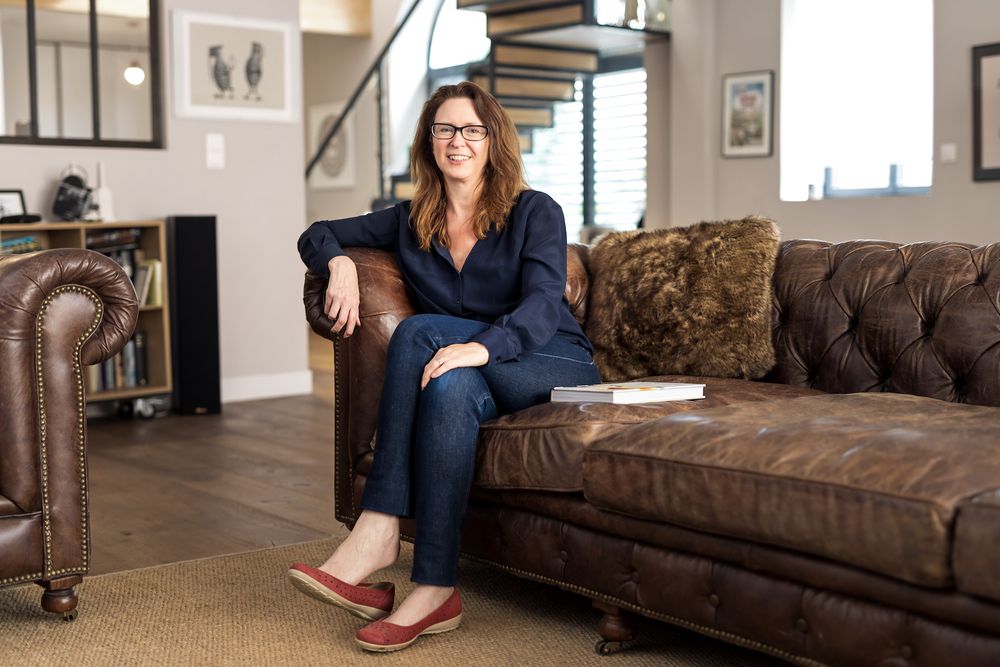
Bordeaux wine expert Jane Anson is one of the prominent wine writers that First Press Editions uses to write its exclusive books
So far, we’ve worked with various writers including Jane Anson, Elin McCoy, Malu Lambert, Joanne Gibson, Neal Martin, Yohan Castaing, Anthony Rose and Adam Lechmere. We’re also talking to a much longer list of names.
How are your writers paid?
The writer does not receive royalties as they would in traditional publishing. Instead, they receive an upfront, 50% fee on signing of contract. The final payment is then made once the manuscript has been completed and signed off.
Are you happy for writers to contact you?
Yes, we’re always looking to work with new writers, especially if they know of a suitable client who wants to do a book.
What books have you published so far?
Our first book was on Château Haut-Bailly by Jane Anson, which was named one of Decanter’s Top Ten Wine Books of the Year. The second was on La Conseillante which was written in house with contributions by Neal Martin and Yohan Castaing. Our third book was on Klein Constantia, written by Malu Lambert and Joanne Gibson. We’ve also worked on a digital book that will be launched later this year.
What have you been most pleased about in terms of the books published so far?
Firstly providing a beautiful book that matches the client’s specification. Secondly that we have always fulfilled our promise of delivering each book on time and under budget.
What have you found to be the most challenging in producing these books?
That in a twelve to eighteen month publication schedule, something will always go wrong. So the skill or challenge is to figure out a quick and effective solution so that you still to deliver the best possible book on time and still within budget.
How did your most recent book on Klein Constantia come about?
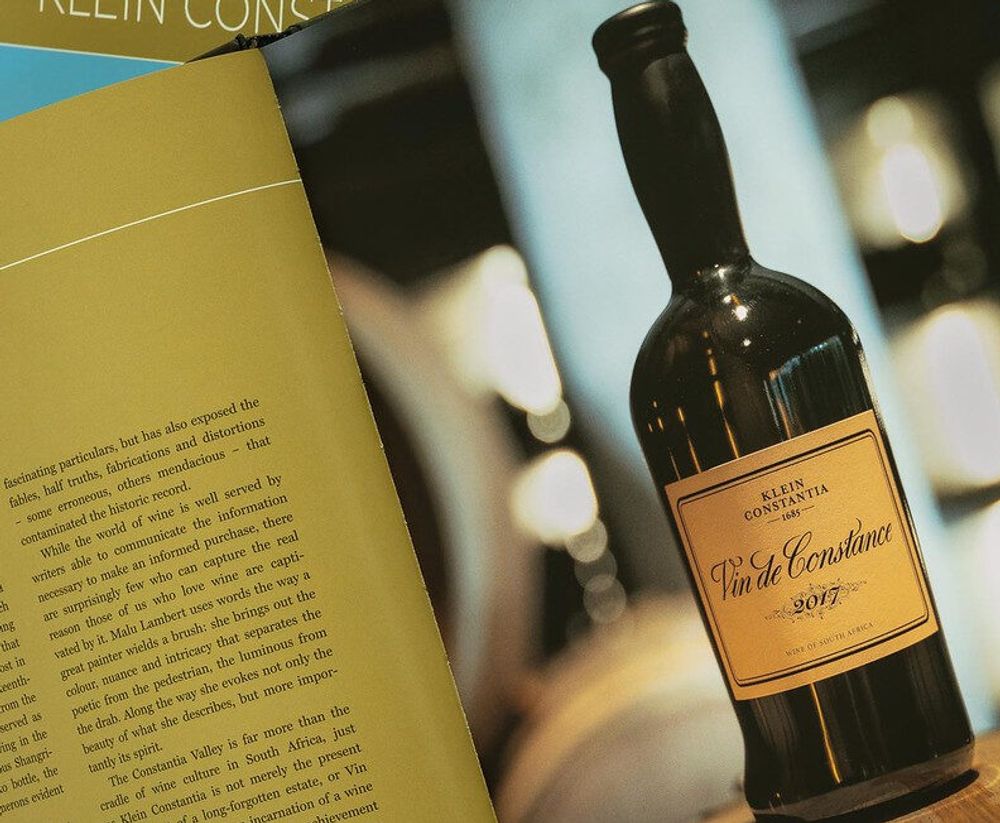
Klein Constantia is the latest project for First Press Editions. Picture David O’Brien.
Having visited Klein Constantia in 2016, when I was at Decanter, I not only knew the story, I also loved the wines and the estate. So I re-contacted Hans Astrom a couple of years ago to sound him out. Hans and the board welcomed the idea and we began the project in early 2022. We also completed it in less than a year and the book was launched in the Cape in March.
Why did you choose Malu Lambert and Joanne Gibson to write it?
In this instance, the request came from Hans and Klein Constantia’s chief executive, Steve Cowley. In particular, they wanted it to be as South African as possible, which I completely supported. Both Joanne and Malu did an amazing job with the manuscript.
Where do you normally print the books?
Ian has a roster of printers around the world that he works with ranging from the UK to the US, China and Italy. The key criteria for him are quality, reliability, cost and sustainability. A low carbon footprint is essential.
Who does your design?
We mainly work with two brilliant, award-winning book designers. One is Lizzie Ballantyne who designed Jasper Morris’s Inside Burgundy and Jane Anson’s Inside Bordeaux for BBR. She also did the design for World of Fine Wine Magazine. Another is Wilf Dickie who designed the Klein Constantia book and our second book on La Conseillante.
What do you have coming up?
Right now, we’re working a couple of projects in California and one in South Africa. We’re also talking to a number of wineries about potential books and a top-class sake producer, which would be very exciting.
Any dream projects you would like to work on?
You bet…. Especially a Champagne house like Roederer, which has two major anniversaries coming up in 2026. The first is the 150th anniversary of Cristal and the other is the 250th anniversary of the founding of the house. And just to name a few more, I’d love to do books on Jadot in Burgundy, Ao Yun in China, Garzon in Uruguay, D’Issan and Belair-Monange in Bordeaux, Vasse Felix in Australia, Barca Velha in Portugal, CVNE in Spain…
If a producer is interested in a book do they contact you directly?
Yes, absolutely. They can email me directly atJ.Stimpfig@FirstPressEditions.co.uk
